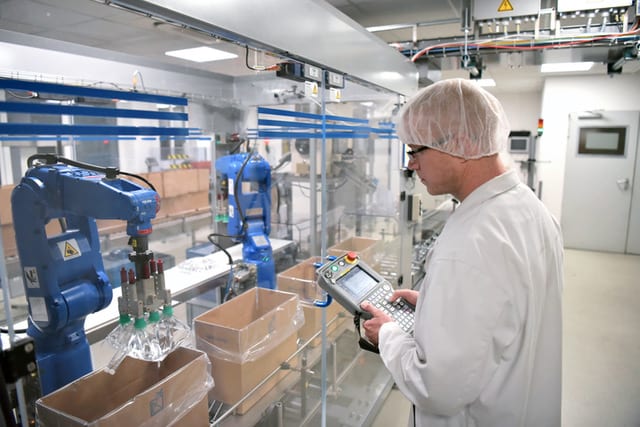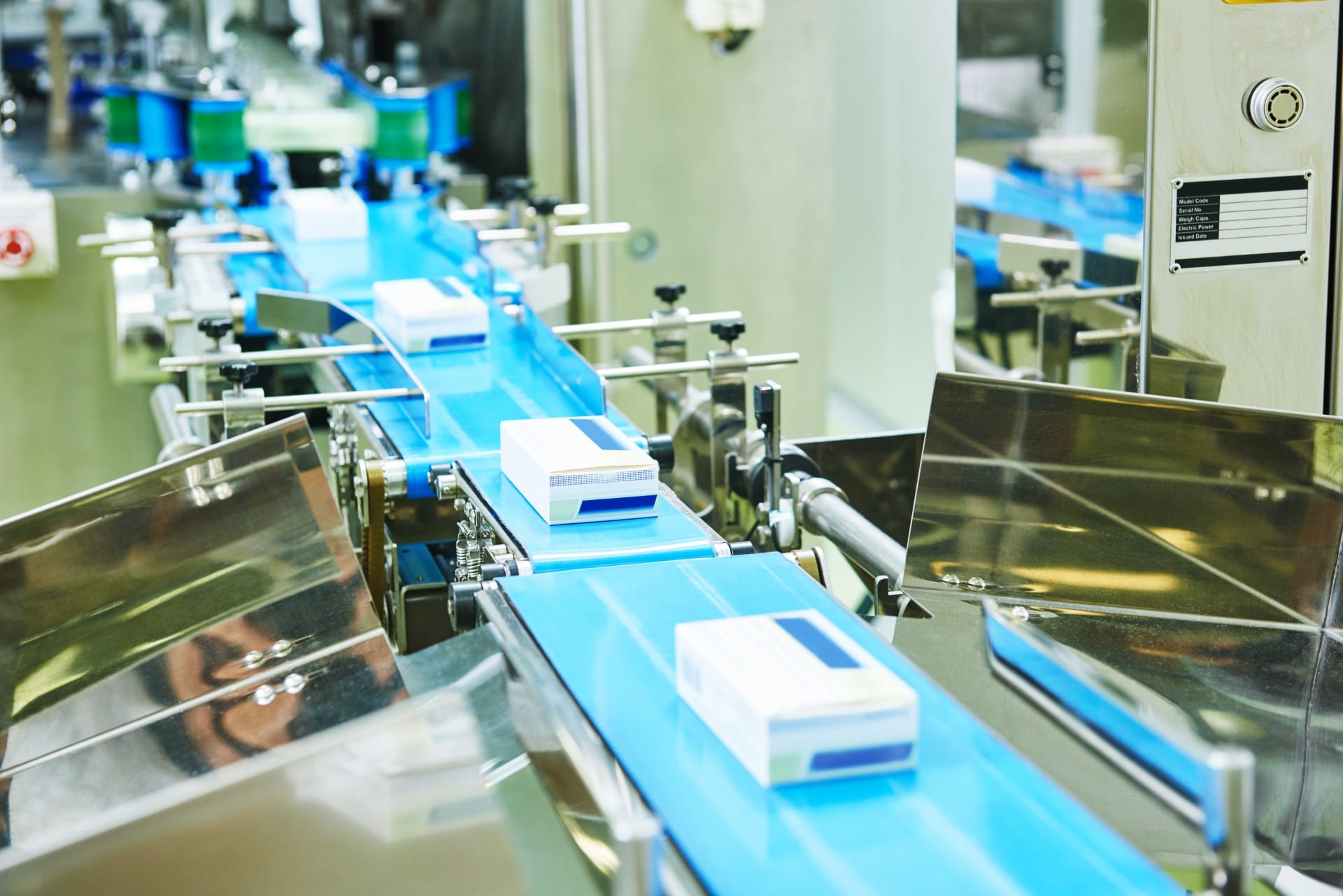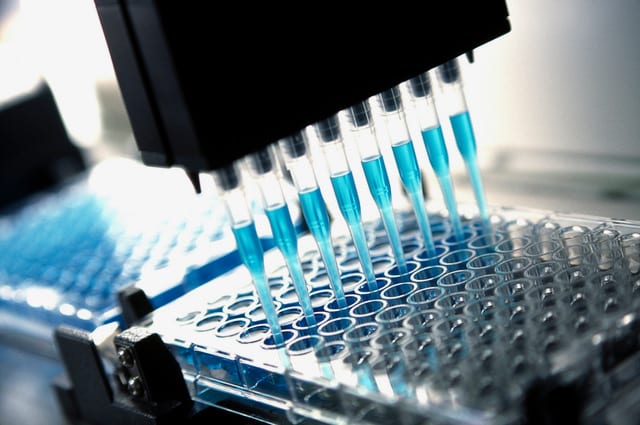Life sciences and the pharmaceutical industry need robotic applications for their ability to perform tasks that are beyond human capabilities. Due to trend changes in the design automation and life science laboratory environments, increased interaction with the robotics landscape has resulted in significant impacts. The assembly of implants and manufacturing processes of drugs, together with the packaging of both, has harmful proximities like biohazards, radioactivity, and toxic compounds.
There are expectations that the design componentry and influenced inspirations of robotics in life science and pharmaceutical processes have fulfilled in the areas of personalized medicine, aged population, and outsourced operations. Systems that have already been fully automated include mass spectrometry, liquid handling, and cell culture in the life science front, while providing higher uniformity and accuracy for the pharmaceutical processes. Human contamination is also a big problem for both sectors, and specialized pharmaceutical industries prevent this with quarantined robot-only areas.

Robots as Used in Life Science and the Pharmaceutical Industry
The robotic process of automation is the performance of repetitive tasks through the intelligent routine to perfect efficiency, increase productivity, and eliminate human error. Testing and discovery processes such as high-throughput-screening, drug pharmaceutical, and life science blood sampling underlay research and development in both connected fields. These key roles, together with the manufacturing of medical devices and implants, put robotics at the forefront of the medical and pharmaceutical markets.
Due to their ability to accommodate a variety of wide changing products that require constant modifications, robots are used as integrators and tool changers in configured reactions. The flexibility of product line recognition is replicated in the drug testing and manufacturing sectors to achieve consistency, traceability, and integrity. The marketing of fraudulent drug modifications is greatly hampered by robotics for heightened product safety and counterfeit defence.
This Aging Population
Healthcare, in general, is primarily affected by the increasingly aging population, as the baby boomer generation heads into retirement there is a need for robotics in the diagnostics, clinical remediation, and laboratory innovations due to a .The population’s need for the lion’s share of healthcare demands. Capacity expansion in drug discovery and high-throughput-screening has been fuelled by the demand for the development and innovative research, and laboratory robotics is offering efficient solutions.
The reduced costs and increased throughput of robotics is an enabler to drug discovery through sustained research that drives up productivity exponentially. There is also an availability of mechanical drive train replacements with automated servos that are more dynamic and feature greater speeds. Other than accuracy and superior smoothness, these robots require lower maintenance and have a longer overall life span.
Efficiency and Precision
Robots in the pharmaceutical segment provide the speed and agility to perform tasks nonstop and faster, and they are excellent for large scale production quotas. The precision exhibited by life science robots is in the minutest of millimetres, and are available to a variant on different products, further exceeding human capabilities. Trends in modern robotics have resulted in robots that have fewer parts, and the changeover-ability of processes is quicker and less cost-at consuming.
Space consumption in the laboratory or pharmaceutical environments is augmented by the ability of one robot to perform various tasks at once. A robotic ensemble can also be retooled and refitted to perform a completely different task or application. Robots in medical appliance applications such as for ophthalmic or dental devices are efficient loading raw material and almost instantly unloading a finished personal medical product.
Vision robots are part of the life science cloning and identification process, where they can help in bacterial processing for laboratory purposes.
Laboratory Applications
Repetitive tasks are the main applications that robots perform in the pharmaceutical or life science labs, and they include moving test tubes and fluids. Due to the ease of programmed automation, consistency, and accuracy they display, robots are also used for completing menial tasks, so that researchers can then concentrate on worthwhile drug development and testing activities. Once fed simple instructions by the non-engineer lab technicians, robots will work with such accuracy as placing 40,000 dots of microscopic DNA onto a slide, which is impossible to do with human hands.
Large drug discovery processes depend on the automated testing for biological or chemical compounds called high-throughput-screening, which seeks or target a specific component of the drug. Robots have leveraged HTS in the pharmaceutical industry for molecular testing automation by accelerating analysis to scale compound screening cost-effectively. Pharmacological targets, for instance, can then be assessed or profiled against antagonists and agonists for enzymes or receptors.
Fraudulent Pharmacokinetics
The identification of counterfeit drugs and medication is one of the ways robotics are assisting the pharmaceutical industry, thus helping to curb fraud. Due to the dependency on online pharmacies and remote drug prescriptions, there has been an upscale in the numbers of fake and inactive medication on the market. Some of these counterfeits may even contain different ingredients than those specified on their packaging, while others have active hazardous compounds to the user.
Medication that has been fraudulently manufactured is easily traceable by barcode scanning robots, and the data availed can flag products that penetrate the market from the wrong end. Products that are scanned during a purchase in the wrong location they were meant for will be flagged as potential counterfeits.
Dispensing Robotic Pharmacies
A total robotic pharmacy future has been foreseen, and robot pharmacies are slowly becoming a reality in the dispensing of medication. Since the demand for medical dispensation is bound to increase, the task of giving out the correct prescriptions needlessly involves human pharmacists, and the bots will decrease errors exponentially. The current staff latency in drug retail will be no more as robotic medication dispensers become more efficient, and the pharmaceutical companies would realize monetary returns much quicker.
Potentially hazardous drug chemicals and large volumes of medical dispensing are being handled by robots within care clinics and hospitals, though there are still regulation challenges on the retail aspects of robotic pharmacies.
Conclusion
Is, therefore, the use of robotics in the life science and pharmaceutical industry sustainably viable? The drug or medication manufacturing and research sector are seeking to improve operations by increasing efficiency and reducing waste. The conserving of energy too, and decrease in pollutant emissions is only achievable by further automating processes, and robots have been found to achieve this efficiency through conservation by up to 95 %. Robots provide improved reliability and result in fewer rejects and material waste, apparent cost-effectiveness that equals millions in savings.
The carbon footprint that the operations of robots in the life science and pharmaceutical sector are far less due to the compositions of the robotic components, which reduce maintenance and water or chemical cleaning consumption. Robots will most certainly have increased and essential activity in benchtop and programmable protocols for commercial experimentation and scientific research.
pharma production line -DepositPhotos



